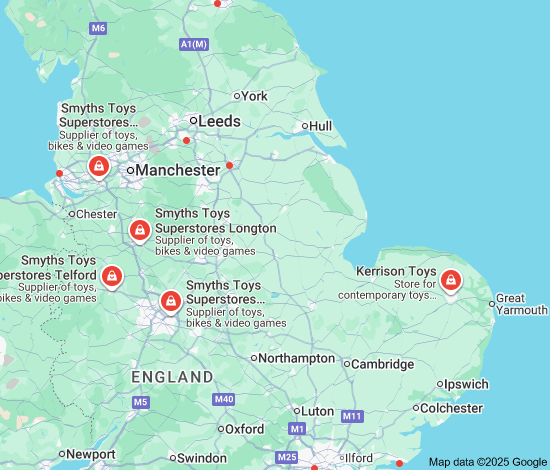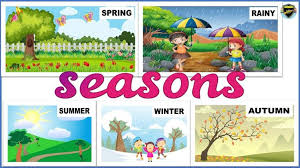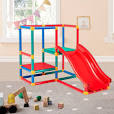
The Magical World of Toys: Inspiring Imagination and Learning in Children
The Importance of Toys in Child Development
Toys play a crucial role in the development and growth of children. They are not just objects for play; they are tools that help children learn, explore, and develop essential skills. From building blocks to dolls, toys come in various forms and serve different purposes in a child’s life.
One of the key benefits of toys is their ability to stimulate a child’s imagination and creativity. Through imaginative play, children can create their own worlds, stories, and scenarios, which helps them develop problem-solving skills and think outside the box.
Furthermore, toys can also aid in the development of fine motor skills and hand-eye coordination. For example, building sets require children to manipulate small pieces and fit them together, helping improve their dexterity and precision.
Many toys are designed to encourage social interaction and communication among children. Board games, role-playing sets, and collaborative building projects promote teamwork, negotiation skills, and sharing – all essential aspects of social development.
Additionally, toys can be educational tools that introduce children to concepts such as numbers, letters, shapes, colours, and more. Educational toys help make learning fun and engaging for children, laying a strong foundation for academic success.
It is important for parents and caregivers to choose age-appropriate toys that align with their child’s interests and developmental stage. By providing a variety of toys that cater to different aspects of growth – cognitive, physical, emotional – parents can support their child’s holistic development.
In conclusion, toys are not just playthings; they are powerful instruments that shape a child’s mind and character. By selecting the right toys and encouraging creative playtime activities, parents can help their children thrive and reach their full potential.
Understanding Toys: Definitions, Origins, and Guidelines
What does toy mean?
To put it simply, a toy is an object or item that is designed for play and enjoyment, especially by children. Toys come in various forms, shapes, sizes, and materials, catering to different interests and age groups. They serve as tools for creativity, exploration, learning, and entertainment. Whether it’s a plush teddy bear, a colourful building block set, or a remote-controlled car, toys play a significant role in stimulating imagination, developing skills, and fostering social interaction among children. In essence, toys are more than just playthings – they are essential components of childhood that contribute to a child’s growth and development in various ways.
Why is a toy called a toy?
The term “toy” is used to describe objects or items that are specifically designed for play and entertainment purposes. The word “toy” likely originated from the Old English word “tawian,” which means to entice or amuse. Toys are called toys because they serve as tools for amusement, enjoyment, and imaginative play for children and sometimes adults. These objects are often created with the intention of sparking creativity, promoting learning, and providing joy through interactive engagement. The name “toy” encapsulates the essence of these playful items that bring happiness and fun to people of all ages.
What is called a toy?
A toy is an object or item that is designed for play, enjoyment, and entertainment, especially for children. Toys come in various forms, such as dolls, action figures, building blocks, puzzles, board games, and more. They serve as tools for stimulating imagination, creativity, and learning in children. Through play with toys, children can explore new worlds, develop essential skills, and engage in fun activities that contribute to their overall growth and development. Toys are not just objects; they are integral to childhood experiences and play a significant role in shaping a child’s cognitive, emotional, and social development.
What is the 10 toy rule?
The “10 toy rule” is a popular concept that suggests limiting the number of toys a child has access to at any given time to around 10 items. The idea behind this rule is to encourage children to focus on and fully engage with a smaller selection of toys, fostering creativity, imagination, and deeper play experiences. By rotating toys in and out of circulation, parents can help prevent overwhelm, reduce clutter, and promote appreciation for the toys that are available. This approach can also teach children about the value of mindful consumption and the joy of making the most out of what they have.



